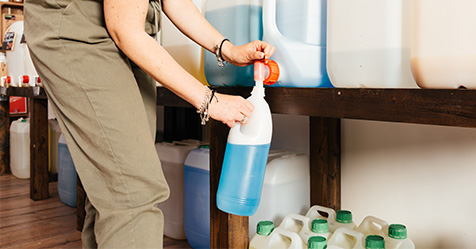Restaurants and Other Businesses Focus on Ventilation
Facility managers improving indoor air quality to regain consumers’ trust.
Facility managers have long been concerned with indoor air quality (IAQ) to keep building inhabitants healthy and happy. The coronavirus pandemic has only strengthened managers’ dedication to improving building ventilation.
Recently, the U.S. Centers for Disease and Prevention (CDC) confirmed airborne transmission of COVID-19. According to Quartz, this has caused some restaurants, indoor facilities, and other small businesses to improve their ventilation systems to regain consumers’ trust.
Business owners and building managers are looking to boost the air change rate—the frequency of air exchanges with noncontaminated outside air—in their space by improving ventilation or filtration. According to David Krause, an industrial hygienist, most indoor spaces were not designed to have high air change rates before the pandemic. The ventilation spaces were only used to limit body odors, carbon dioxide, and other chemicals or pollutants.
Some restaurants are using higher-quality filters in their HVAC systems, or adding air purifiers to their spaces to boost their air filtration. Other places are keeping their windows and doors open, but winter is coming, and this tactic might not be possible much longer. The main problem is that ventilation systems are expensive and could cost a few thousand dollars for small facilities and hundreds of thousands for large office buildings.
Shelly Miller, a professor of mechanical engineering at the University of Colorado Boulder, said at a recent press conference held by the American Association for Aerosol Research that federal and state governments are not helping “small businesses to assess their ventilation and get air cleaners.” Miller suggested that businesses and restaurants display signage of air change rates in storefront windows just as some are required to do for food and sanitation standards.
Ventilated spaces have other benefits beyond the pandemic, such as stopping the spread of flu and other infectious diseases. “In the longer term, ventilation is always something that can improve the health of indoor environments and its occupants,” Miller said.


